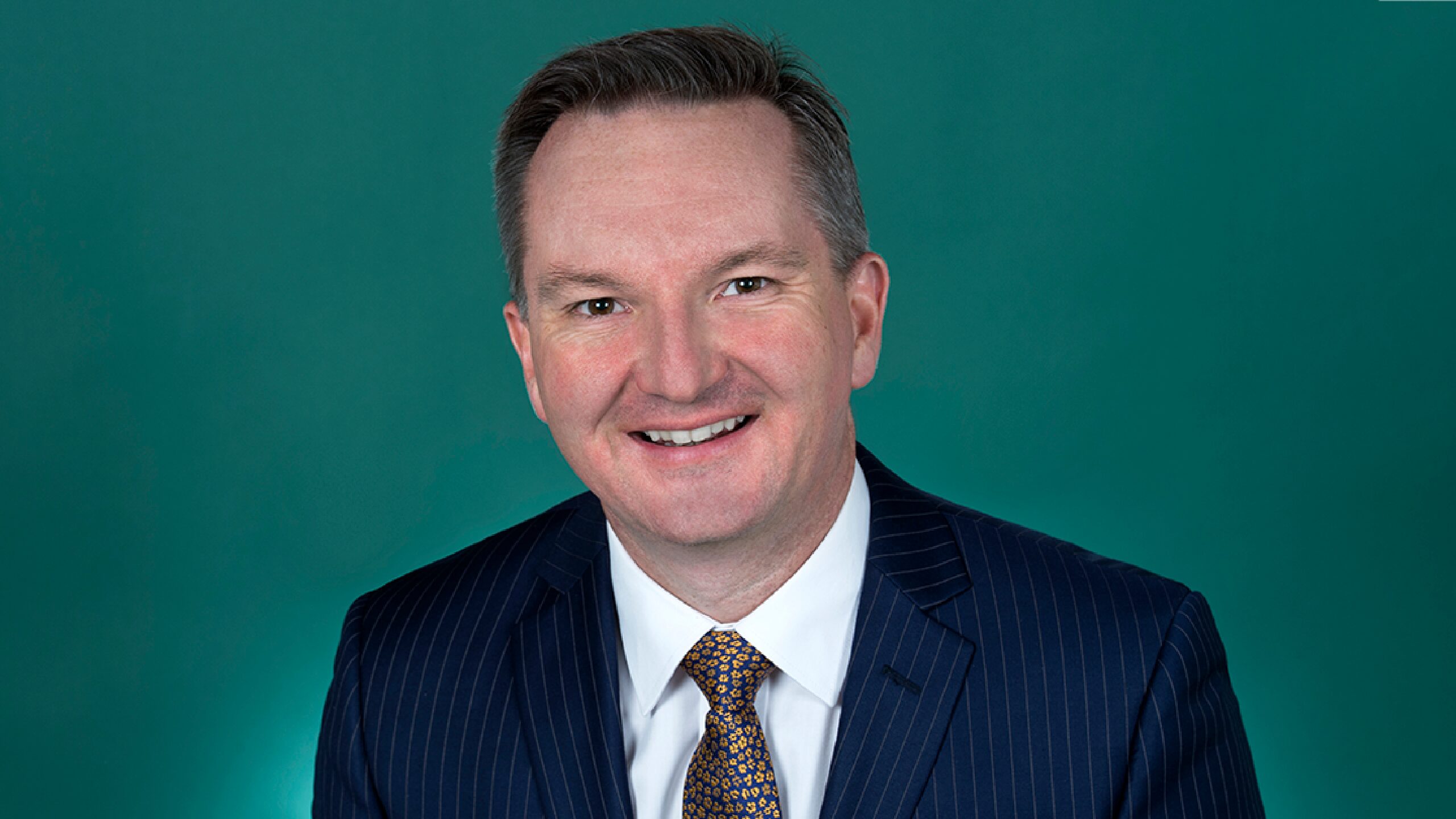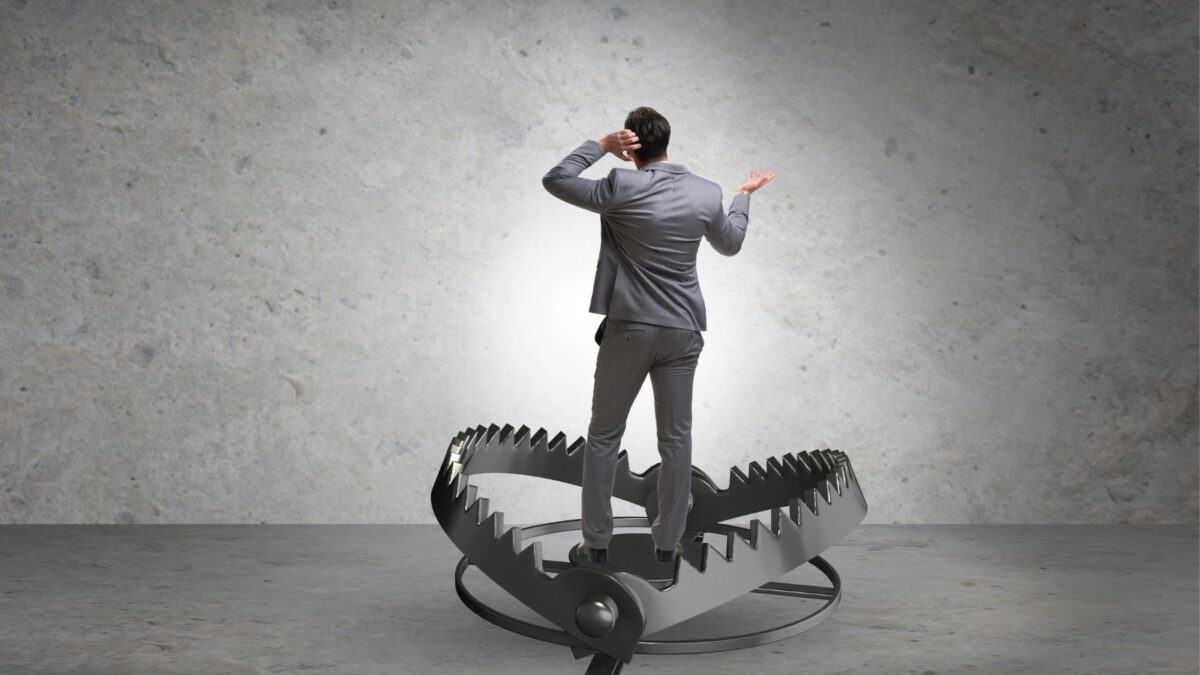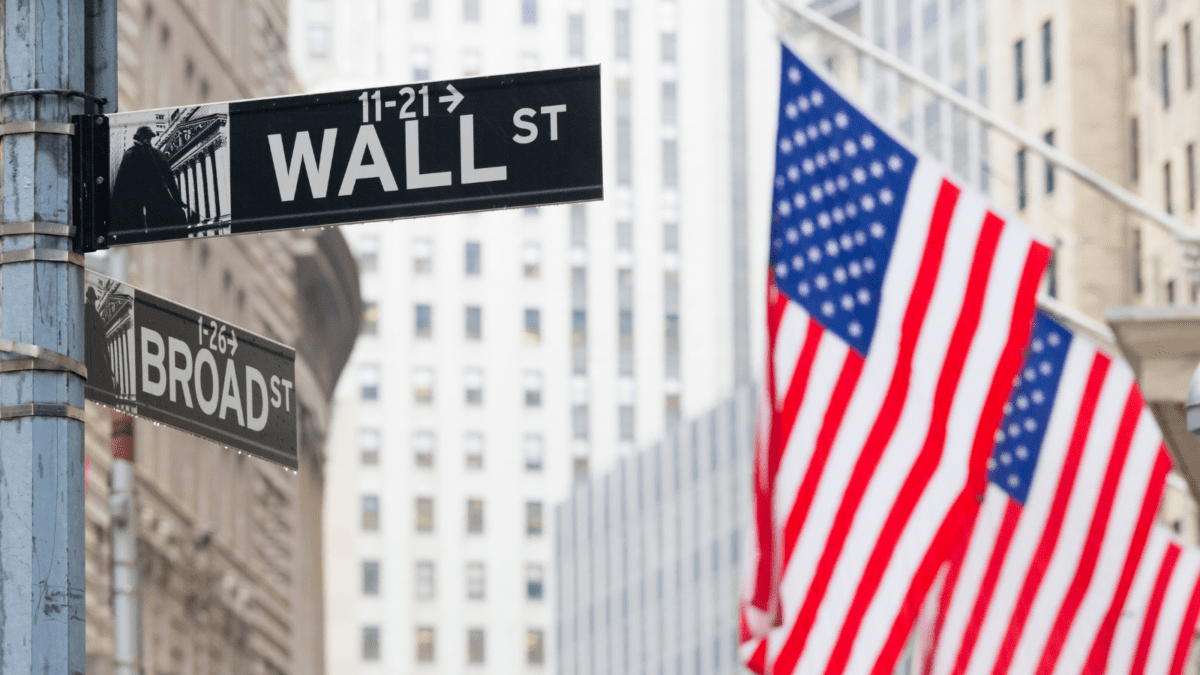Economy stretched as business to household gap grows
The bifurcation between Australian households and businesses is growing wider.
The latest monthly Westpac-MI Consumer Sentiment Index fell 3 per cent and is now down nearly 23 per cent since November. Australians have never been this pessimistic about the outlook for the economy outside of an economic crisis.
How consumers ‘feel’ continues to deteriorate compared to the same time last year:
- Family finances are down 21.6 per cent
- House price expectations are down 37.7 per cent
- Time to buy a major household item down 27.3 per cent
- Expectations of economic conditions over the next 12 months are down 26.4 per cent
It’s little surprise households feel so glum. The Reserve Bank of Australia has rapidly increased the cash rate by 175 basis points since May to 1.85 per cent to combat soaring inflation. Asset prices such as equities have fallen, with home prices beginning to follow a similar trend.
The one shining light is the job market, which households increasingly feel more confident about. This is likely explained by the latest unemployment data revealing a 50-year low of 3.5 per cent.
The issue policymakers face is that while consumers might feel terrible, spending remains elevated:
“Although our survey continues to highlight the parlous state of confidence and a rapidly deteriorating housing market household spending seems set to maintain momentum into the December quarter,” the index states.
No slow down, yet
This is supported by data in the July NAB Business Survey, which in contrast to households saw confidence and operating conditions improve. Zooming out further, business confidence has remained above trend despite consumers pointing to a slow down.
The bifurcation between households and business is glaring.
Demand is exceptionally strong, with the economy reaching showing signs of hitting maximum speed. Capacity utilisation – which measures productivity against the capacity of the economy – hit a record high of 86.7 per cent well above the long-term average of 81.1 per cent.
Further evidence of the Australian economy reaching its limits comes from rising costs, which reached new highs after a record June. In quarterly terms, inputs costs increased 5.4 per cent and labour costs increased 4.6 per cent.
Cost of goods rises is being passed onto the final customer with final product prices up 2.7 per cent, further fuelling inflation by reaching 6.1 per cent in the most recent June Consumer Price Index.
Who to believe
Clearly, something isn’t adding up. Businesses are weathering the economic carnage relatively well, yet their customers and employees are dour on the future.
One explanation is that households are reigning in spending, but it’s not showing up in the numbers because inflation is being felt in goods that must be purchased, like food and petrol. This point is supported by the latest CPI data which revealed a 7.6 per cent increase in non-discretionary prices compared to just a 4.0 per cent rise in discretionary items.
Another is that inflation and rising rates are being felt disproportionally. Borrowers are most sensitive to changes in the cash rate, which showed up in the latest consumer data:
“Respondents holding a mortgage were particularly unnerved by the rate rise,” the index notes. “Their confidence fell by 8.9 per cent compared to modest moves from tenants (0.2 per cent) and those owners who do not have a mortgage (-2.1 per cent).”
Recent earnings results this week by NAB and CBA indicate little mortgage stress in the economy. But its possible households are foreshadowing spending will fall in future periods to accommodate growing mortgage costs.
It’s also possible that business is simply lagging behind. Retailers and Wholesalers are already experiencing negative confidence. Other sectors may turn sour in future periods. Moreover, costs are rising faster than ticket prices, which if sustained will erode margins and profitability. Labor pressure will lead to an uptick in wages. If not carefully managed this could lead to a wage-price spiral further exacerbating inflation.
Keep in mind prior to July’s result, business confidence had fallen for three straight surveys. Should consumer confidence remain so low, it seems inevitable that businesses conditions will also deteriorate to reflect an economy facing rising rates, soaring inflation and falling house prices.









